
Evaporative Cooling or Phase Change Cooling? Discover your cooling clothing options and find the perfect cooling system that suits you best!
When the heat is on, your body works hard to maintain a safe and steady temperature. But sometimes, sweating it out isn’t enough — especially during intense workouts, outdoor labor, or high-heat environments. That’s where cooling gear comes in.
But not all cooling technology is created equal.
Two popular types of cooling — evaporative cooling and phase change cooling — use very different methods to help regulate body temperature. In this post, we’ll break down how each one works, when to use them, and why MISSION’s high-performance cooling products are built around the power of evaporation.
What Is Evaporative Cooling?

Evaporative cooling is a natural process that’s been keeping humans cool for thousands of years. It works by using evaporation — the conversion of water from a liquid to a vapor — to pull heat away from your body.
Here’s how it works in MISSION gear:
-
You soak the product with water.
-
You wring it out to remove excess moisture.
-
You snap or wave it to activate the cooling process.
-
As air flows over the damp fabric, evaporation occurs, creating a cooling sensation on the skin.
MISSION’s Cooling Technology enhances this process by engineering fabrics with advanced layers that retain just enough water to cool without feeling soaked. The result? Immediate, reusable cooling — with no power, ice, or prep required.
What Is Phase Change Cooling?
Phase change cooling uses a different science: it relies on materials that absorb heat when they shift from one physical state to another — typically from a solid to a liquid. This “phase change” pulls energy (heat) from your body, helping to keep you cool.
You’ll usually find phase change materials (PCMs) in:
-
Medical cooling vests
-
Ice pack-style inserts
-
High-end lab or industrial wear
To use them, you typically fill, freeze, or refrigerate the product ahead of time. Then, as it warms up and melts, it absorbs heat from your body and delivers a sustained cold effect.
Types of Cooling Compared
Both evaporative and phase change cooling aim to lower body temperature, but they work in very different ways — and choosing the right type of cooling can make a big difference depending on your environment and activity level.
Evaporative cooling is fast and simple to use. You activate it by wetting the product with water, wringing it out, and exposing it to airflow. As the water evaporates from the fabric, it pulls heat away from your body, creating a refreshing cooling effect. This type of cooling is lightweight and ideal for dry, hot conditions where low humidity allows for maximum evaporation. MISSION products are built around this technology because it’s easy to use, easy to reuse, and effective in everyday situations — whether you're training, working, or just spending time outdoors.
Phase change cooling, on the other hand, uses materials that change from solid to liquid to absorb heat. These products must be pre-frozen or chilled before use, and they deliver a more sustained, steady cooling effect — but at the cost of convenience. Once the material melts, the cooling stops, and the product needs to be refrozen to work again. While phase change cooling can be useful in humid environments or clinical settings where airflow is limited, it’s less practical for active, on-the-go cooling.
In short: evaporative cooling is best when you want lightweight, reusable cooling that activates instantly and fits into your routine. Phase change cooling has its place, but it’s often bulkier, slower to activate, and less suited to dynamic or mobile environments.
Climate Matters: Understanding Relative Humidity and Performance
The effectiveness of any cooling system depends heavily on the environment — especially relative humidity. Evaporative cooling systems, like those used in MISSION gear, work best in dry climates, where the air can easily absorb moisture from the fabric. The lower the humidity, the faster evaporation occurs, and the more cooling relief the wearer will feel.
In humid conditions, where the air is already full of moisture, evaporation slows down — making the cooling effect less intense. That’s where understanding the principle behind different types of cooling becomes important. Phase change products can still provide relief in humid settings, but they often lack the flexibility and reusability of evaporative clothing and accessories.
Why MISSION Uses Evaporative Cooling

MISSION’s cooling gear is built around the principle of performance-driven design. Using evaporative cooling, MISSION products activate quickly, cool down fast, and stay effective for several hours with proper use. Whether you're wearing a cooling towel, a lightweight neck gaiter, or a breathable piece of clothing, MISSION gear is designed to help regulate your body temperature through smart fabric layers that respond to water and airflow.
Unlike other cooling systems that require freezing or recharging, MISSION gear only needs water to work. Just wet, wring, and snap — then stay cool and dry as you move!
When Phase Change Cooling Might Make Sense
While evaporative cooling is ideal for most people, phase change cooling can still be effective in certain circumstances. In indoor environments or regions with high relative humidity, where evaporation is limited, phase change systems may offer steadier but shorter-lasting relief.
These types of products often use gel inserts or frozen packs, and although they can deliver a consistent cold effect, they usually require advance prep and offer less freedom of movement. They're better suited for clinical, industrial, or highly controlled settings — not for daily training or outdoor life.
Final Takeaway: Choose the Cooling System That Moves With You
When comparing the main types of cooling, the decision comes down to your activity level, environment, and need for convenience. If you're constantly on the move, working in dry climates, or just need a portable option to keep cool throughout the day, evaporative cooling offers the highest combination of performance and practicality.
MISSION’s gear — including its best-selling towels, neck gaiters, and cooling clothing — is made to keep up with you. No ice packs. No wait times. Just fast, effective, reactivatable cooling wherever life takes you.
Ready to stay cool on the go? Explore our full range of cooling products and find your perfect match today!
Shop Now at MISSION Online Store

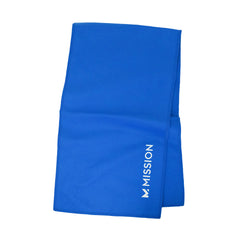
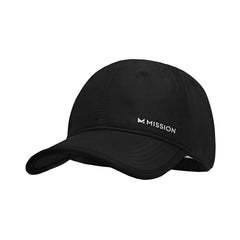
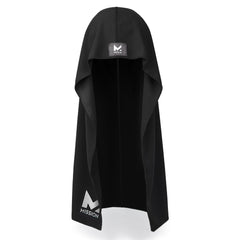
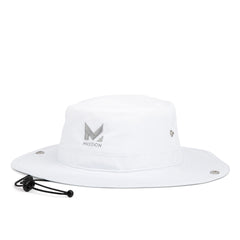
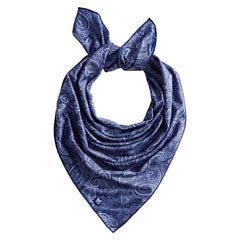
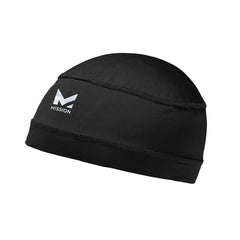

58 comments
a0lxrd
a0lxrd
5j9slf
yl4kh2
6p8n41
Leave a comment